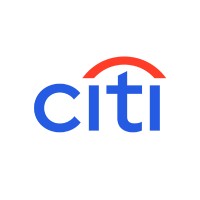
Shriram Finance Limited
Shriram Finance is the country’s biggest retail NBFC offering credit solutions for commercial vehicles, two-wheeler loans, car loans, home loans, gold loans, personal and small business loans. We are part of the 50-year-old Shriram Group, a financial conglomerate that has emerged as a trusted partner in creating transformative experiences and lasting impressions in customers’ lives. In November 2022, Shriram Group’s entities – Shriram Transport Finance Company Limited, Shriram City Union Finance Limited , and Shriram Capital Limited – merged to form Shriram Finance Limited . As on September 30, 2024, with a network of 3,149 branches and a workforce of more than 77,764, Shriram Finance has combined Assets Under Management (AUM) worth ₹243,042 crores.






